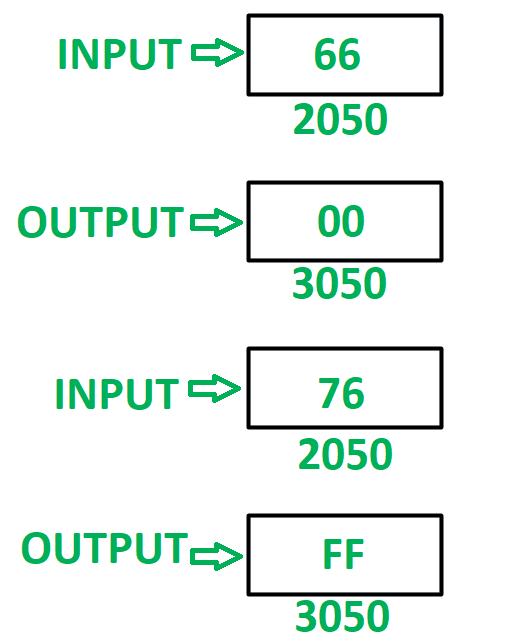The earliest digital electronic device that could be defined as the first modern computer is the Colossus. Built in 1943-44, the Colossus was devised to crack the Lorenz SZ 40/42, a German encryption machine used to support military communications during World War II.
The device used 2,400 vacuum tubes to perform multiple boolean logical operations to decode encrypted data.
Modern computers come in all shapes and sizes to perform a broad range of different functions. Although the first ones that come to mind are desktop and laptop computers, many other less-assuming devices — such as grocery scanners, ATMs, and smart TVs — are computers as well.
The diffusion of smartphones, game consoles, wearables, and smart appliances made computers much more readily available in our daily life.
A computer is made up of multiple parts and components that facilitate user functionality.
A computer has two primary categories:
Hardware
Physical structure that houses a computer's processor, memory, storage, communication ports and peripheral devices. Each of these components (called devices) have a different purpose, which may be either accepting inputs, storing data or sending outputs.
For example, a mouse and a microphone are input devices used to record user activities and transform them into data that is transmitted to the system unit. A hard disk is a storage unit where data is stored and accessed by other devices.
A monitor or a speaker are output devices that transform processed data into (respectively) video and audio signals.
Usually, the core components that represent the bare minimum that allow a computer to function are:
Processor (CPU)
The component that processes and executes inputs received from hardware and software.
Motherboard
A mainboard that provides basic connection between all the other hardware components and devices (internal and external).
Memory (RAM)
A temporary data storage space that stores the information the CPU is actively using.
Storage device
A storage device where data is stored on a permanent basis. It’s slower but less volatile than the RAM.
Power supply unit
That’s pretty self-explanatory: without power, no electronic device can work!
Software
All parts of a computer that are not strictly physical, such as data, programs, applications, protocols, etc., are broadly defined as “software.” Although software has no material form, it is no less critical to receive information, encode, store and process it.
Computer software includes all executable and non-executable data, such as documents, digital media, libraries, and online information. A computer’s operating system (OS) and all its applications are software as well.
A computer works with software programs that are sent to its underlying hardware architecture for reading, interpretation and execution.
Computers are classified according to computing power, capacity, size, mobility and other factors, as personal computers (PC), desktop computers, laptop computers, minicomputers, handheld computers and devices, mainframes or supercomputers.







